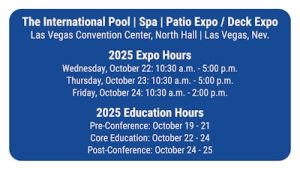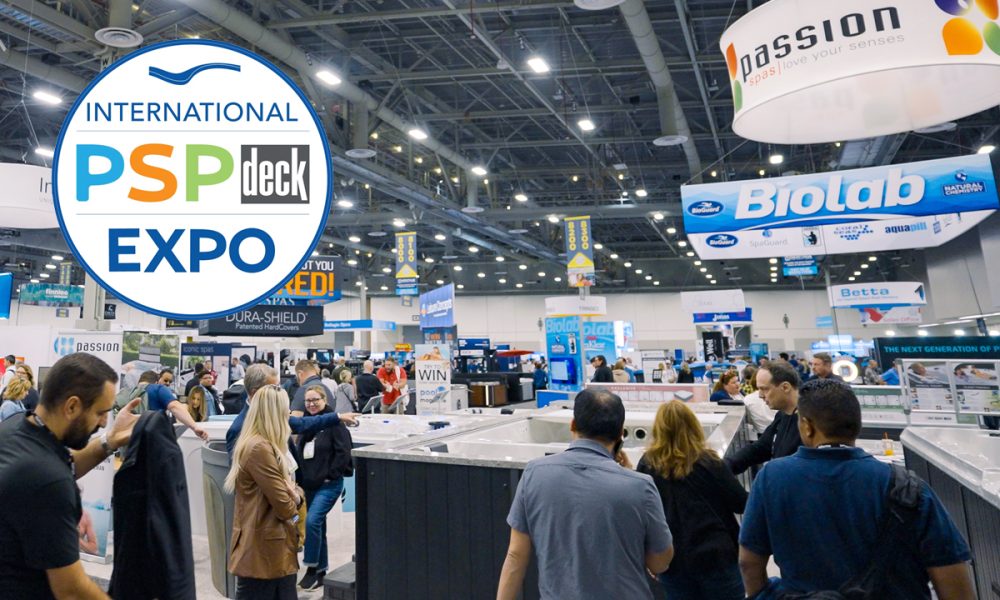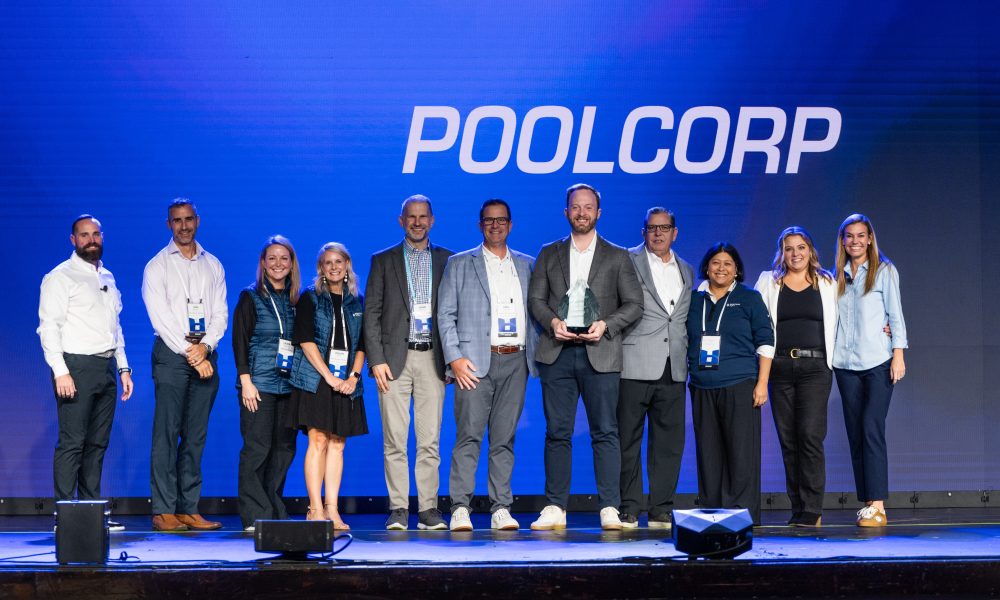Originally, the project was a response to the 5,000 public health officials across the nation who unanimously endorsed the creation of a national standard for water quality. A voluntary set of minimum guidelines was intended to increase the safety of swimmers and bathers. Water quality parameters may not directly affect public health but they can have a significant impact on the operation of aquatic venues. A poor operation can result in a closure, which prevents swimmers or bathers from using the hot tub or pool.
The result, ANSI/APSP/ICC-11 American National Standard for Public Pools and Spas Water Quality (APSP-11), is a benchmark for industry professionals in the hot tub, spa and pool industries. It’s based on scientific data, best practices and verifiable facts. The writing committee reviewed many industry practices and included practices that had scientific backing in the document.
ORIGINS
APSP-11, an American National Standard (ANS), is listed by the American National Standards Institute. ANSI is a non-profit organisation that coordinates and administers the U.S. voluntary standard and conformity assessment systems. They facilitate the development of an ANS through accreditation of industry organizations like the Pool & Hot Tub Alliance as ANSI Accredited Standards Developers. ANSI standards require a third-party standard development process called due process. This process includes open meetings and written procedures. It also includes public notifications, appeals, and consensus agreements among a committee of directly affected and materially impacted parties.
APSP-11 has been developed by a diverse group of stakeholders including public health officials and code officials as well as architects, representatives from safety organizations, consultants and subject matter specialists as well as professionals in the pool and spa industry. The standard draft had to be reviewed by the public and approved by the consensus voting group. All opinions and objections have been considered and a concerted attempt has been made to resolve them. The 16 standards of the PHTA cover public and private swimming pools, spas and hot tubs. These standards promote safety in the water and are used to help state and local governments adopt best practices.
BATHERS NEED SANITIZER TO BE PROTECTED
The most common sanitizer is chlorine. In Section 5.2, Free Available Chlorine (FAC), Subsection 5.2.2.1 states that “A minimum residual free chlorine of 1.0 must be maintained in all areas and at all times of pools without cyanuric as a stabilizer of chlorine.”
This minimum was set for common bacteria such as E. coli and Shigella. CT is a method used to determine the minimum treatment required to disinfect water and the bacteria mentioned above. It takes 1 ppm FAC to kill these bacteria in one minute. According to the CDC, these bacteria can cause illness. The CDC reported 65 Legionella outbreaks between 2015 and 2019 resulting in 13 fatalities. In these cases, it appears that the APSP-11 requirement of 1 ppm for FAC was not met.
The combined chlorine is a problem. According to Section 10.1.1, the concentration of combined chloride in swimming pools should not exceed 0.4ppm. A report from an indoor waterpark where the levels were above the standard, swimmers and bathers experienced eye irritation, coughing, nose irritations, wheezing, shortness or breath, chest pain, sore throat.
Protects Bathers and Equipment with pH Control
In Section 7 of the Water Balance, Subsection 7.1, it is stated that “The pH must be maintained between 7.2 to 7.8.”
Addition of sodium hypochlorite to water produces hypochlorous acids and hypochlorite. The test method cannot distinguish between the two. The hypochlorous acid ion is far more efficient as a sanitizer or oxidizer. The pH of water determines the ratio between the two. Only 30% of FAC is hypochlorous at pH levels higher than 7.8. The effectiveness of the chlorine in the hot tub or pool water is reduced. Sanitizers are a vital part of preventing a variety of water-related illnesses.
Hypochlorous acid concentrations are increased at low pH (over 70% when pH is 7.2), which improves sanitizer effectiveness. We must also consider the effects on swimmers. Some sensitive populations experience eye, nose and even skin irritation when the pH is below 7.2. Many manufacturers also do not recommend using their equipment with a pH below 7.2. It can even void the warranty for some products.
ALKALINITY IS ESSENTIAL TO pH CONTROL
We now know that a proper pH is essential for swimmer comfort and chlorine effectiveness. The next step in this process is alkalinity. It maintains the hypochlorous acids in a more efficient range by stabilizing the pH. Total Alkalinity can be found under Section 7: Water balance. Section 7.2 Total alkalinity states that “Total Alkalinity must be maintained within a range of 60 to 180 ppm.” The buffering effect of alkalinity is what minimizes pH changes. If alkalinity falls below 60 ppm the pH will “bounce” which is a sign of a large change in pH due to factors like bather load and chlorine addition. It is difficult to lower the pH of water when total alkalinity exceeds 180 ppm. High alkalinity and high hardness will also cause scale to form on the surfaces of your pool or hot-tub. Scale can build up on metal surfaces, pipes and coping. The accumulation of scale in pipes can reduce the efficiency of water circulation, heating, and filtration. This is not conducive to the efficient operation of your pool or hot-tub system.
POOLS AND SPAS CAN BE DAMAGED BY IMPPROPER WATER HARDNESS
Calcium and magnesium are the two main ions that make up hardness.
But pool and spa hardness is controlled by calcium content. In Section 7.3, it is stated that “Pool Water Calcium Hardness shall be maintained at a minimum 150 ppm and a maximum 1,000 ppm CaCO3”. Calcium hardness in spas shall be maintained at a minimum 100 and maximum 1,000 ppm.
If the levels are too low, water can etch plaster and dissolve concrete. It will also dissolve grout. And it could pit pool decks. This can be a minor issue that is aesthetically unappealing, but more serious situations may lead to a degradation of the deck which could result in a trip hazard, or even leakage of the vessel. Water circulation can be severely affected in situations where maximum levels have been reached over a long period of time. Water circulation is essential to mix chemicals and to remove debris from the filter so that the sanitizers can attack the bacteria and germs we cannot see. The scale on the heaters means that more energy will be required to heat water.
The APSP-11 Standard includes all the parameters necessary to ensure that a pool, hot tub, or spa is safe for swimmers, operates efficiently, does not waste chemical, and has a long-lasting life.
In a PHTA presentation on ANSI/PHTA/ICC-2 American National Standard on Public Pool and Spas Operations and Maintenance, details on water quality parameters are included. This presentation will take place in New Orleans in August 2023, at the NEHA Annual Educational Conference. You can find more information about PHTA standard development at phta.org/standards.
REFERENCES
1. ANSI/APSP/ICC-11 2019 American National Standard for Water Quality in Public Pools and Spas, https://issuu.com/thephta/docs/apsp- 11_2019, Pool & Hot Tub Alliance (formerly The Association of Pool & Spa Professionals), 2019
2. PHTA Standards Development Process webpage, https://www.phta.org/standards- and-codes/phta-standards/phta-standards- development-process/, Pool & Hot Tub Alliance, 2023
3. PHTA Standards page, https://www.phta. org/standards-and-codes/phta-standards/, Pool & Hot Tub Alliance, 2023
The article was first published in AQUA Magazine, the leading resource for pool and spa retailers, builders, and service professionals. All industry professionals can subscribe to the print edition of AQUA Magazine for free. Subscribe by clicking here.






